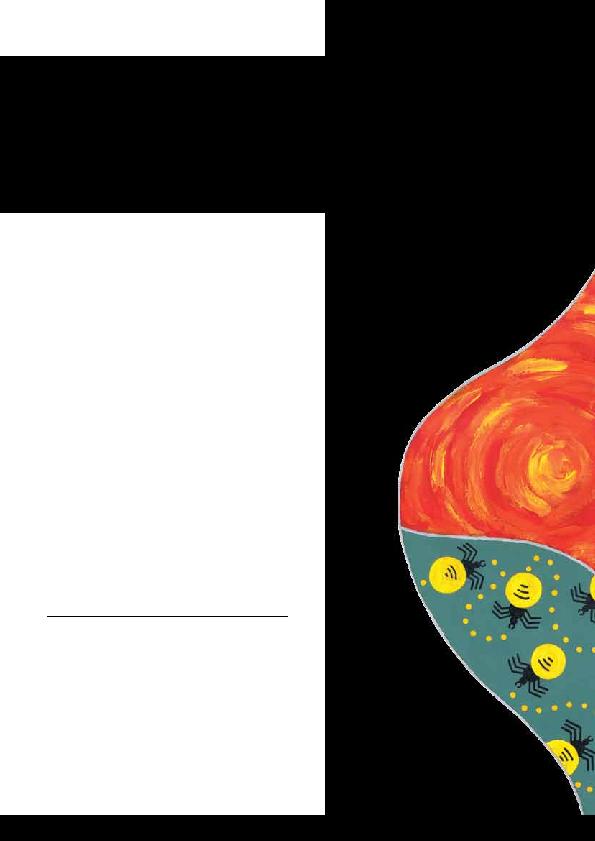
services as children. Many now have their
children in informal or formal out-of-home care.
in their lives.
or emotional abuse, with most having suffered
abuse in multiple forms.
women prisoners we spoke to.
due to violence prior to entering prison. Koori
Victorians are six times as likely to be homeless
as non-Koori Victorians.
Ninety-two per cent of Koori women participating in
the study had received a lifetime diagnosis of mental
illness. This refers to a mental illness at any point in
their lifetime and does not necessarily reflect a current
illness. Note however, the small sample size of 15 Koori
women prisoners in this study. James Ogloff et al, Koori
Prisoner Mental Health and Cognitive Function Study:
Final Report (2013) 12 13.
State of Victoria, Sentencing Advisory Council,
`Comparing Sentencing Outcomes', above n 49, 48-49.
Data drawn from a 2004 study. See for example, Smart
Justice, above n 5, 2. <http://www.smartjustice.org.au/
resources/SJ%20Factsheet%20Prisons%202011.pdf>
at 10 July 2013.
Australian Institute of Health and Welfare, Specialist
Homelessness Services July-December 2012 (2013) 5.